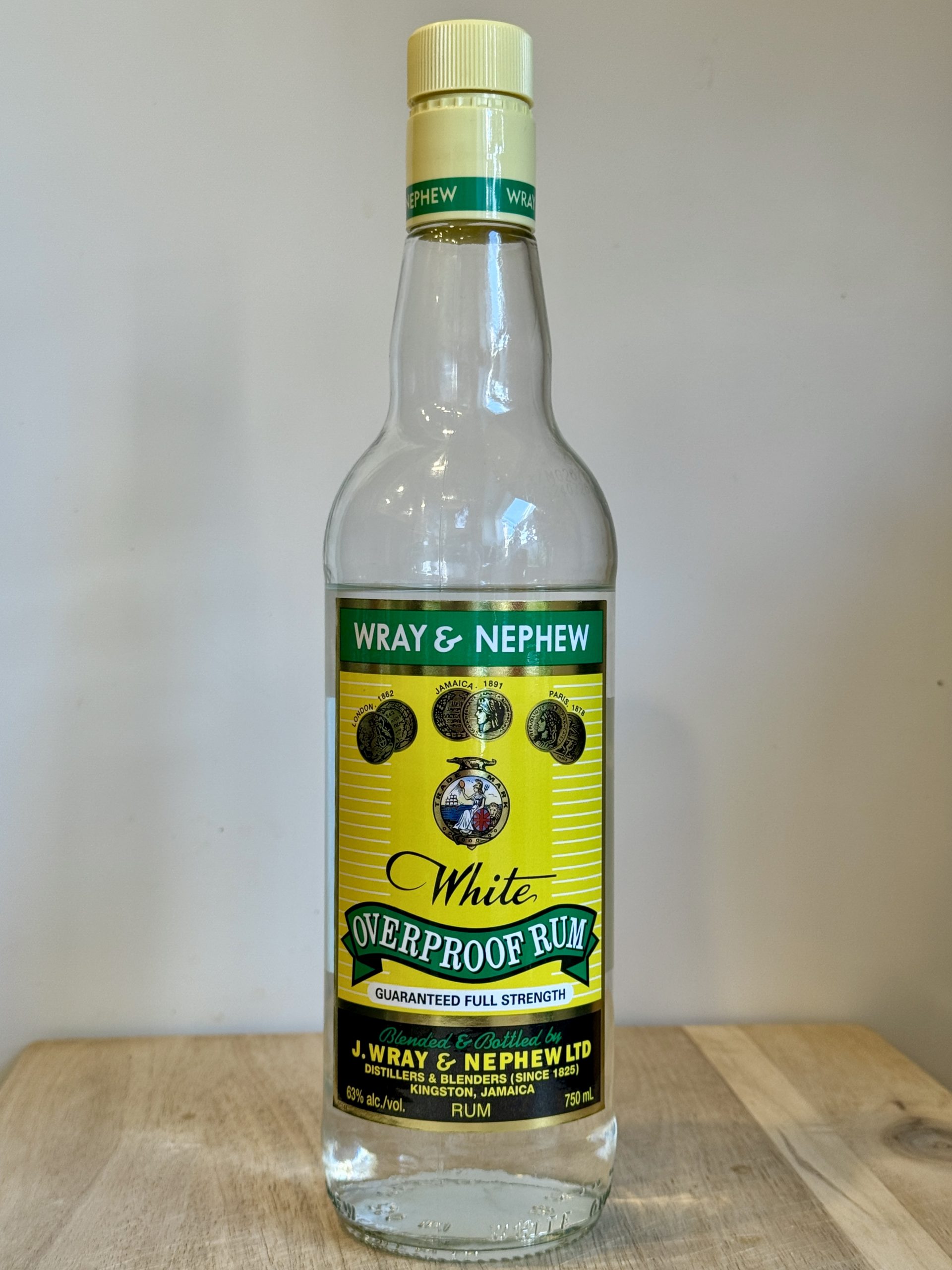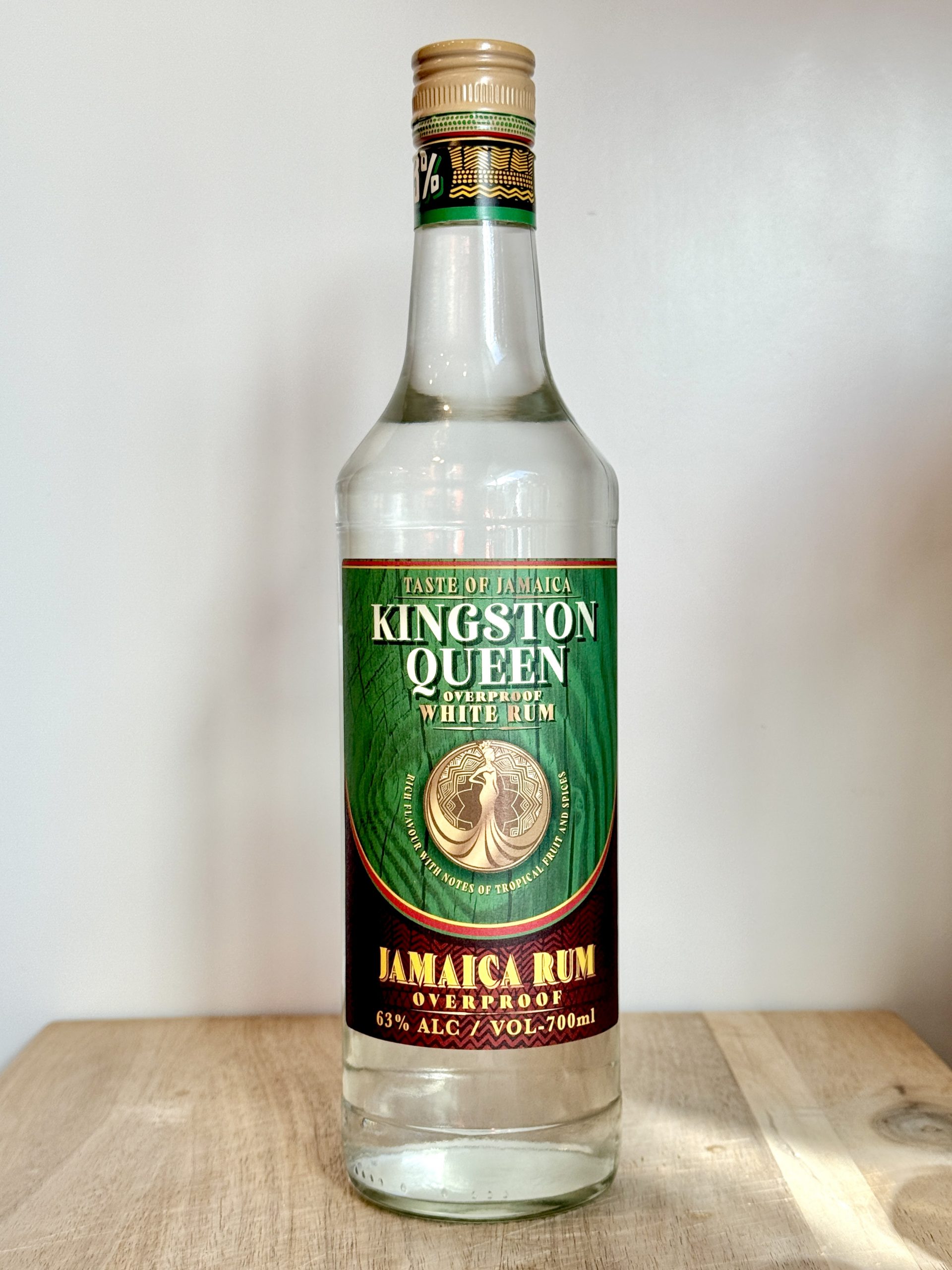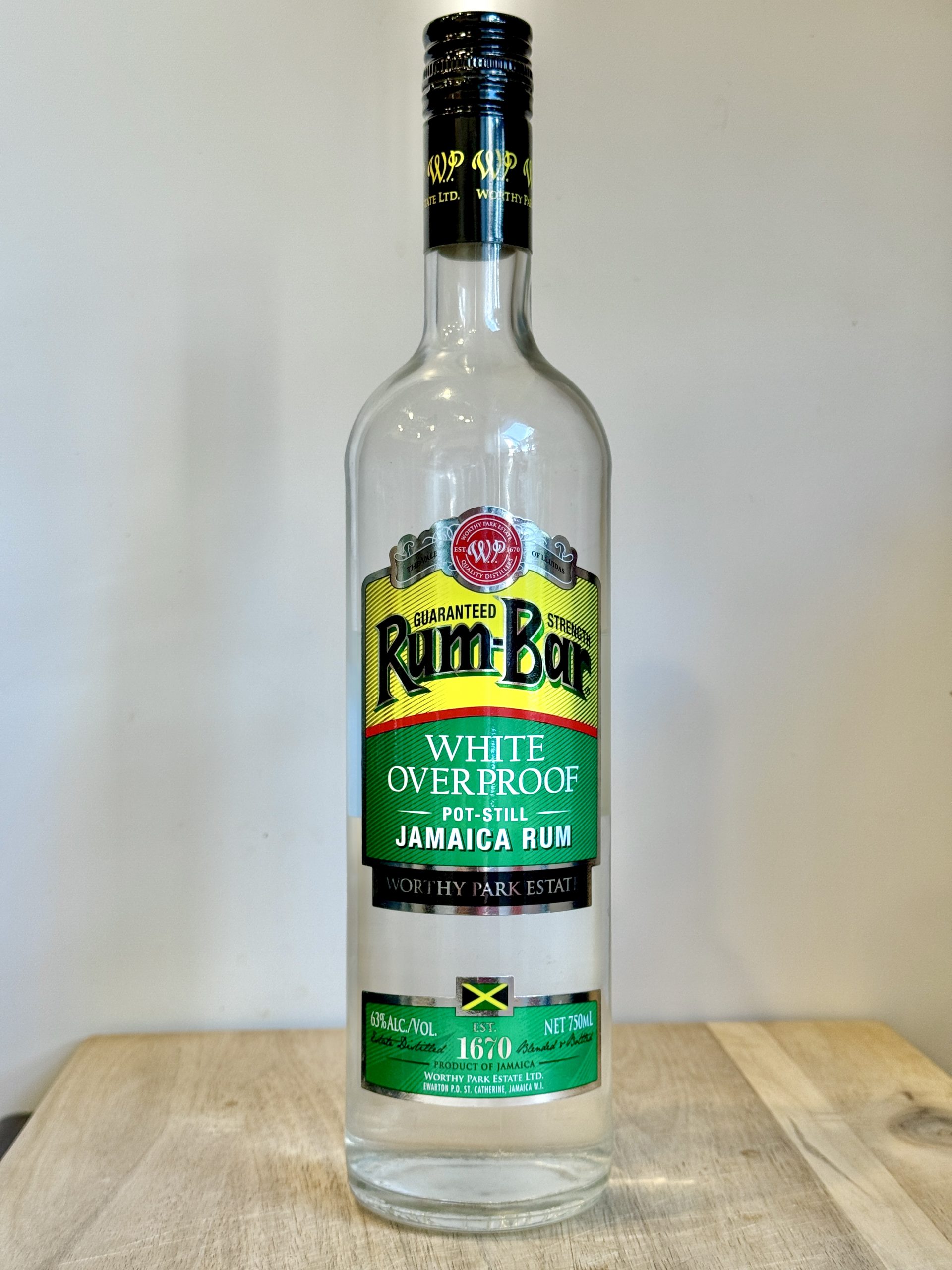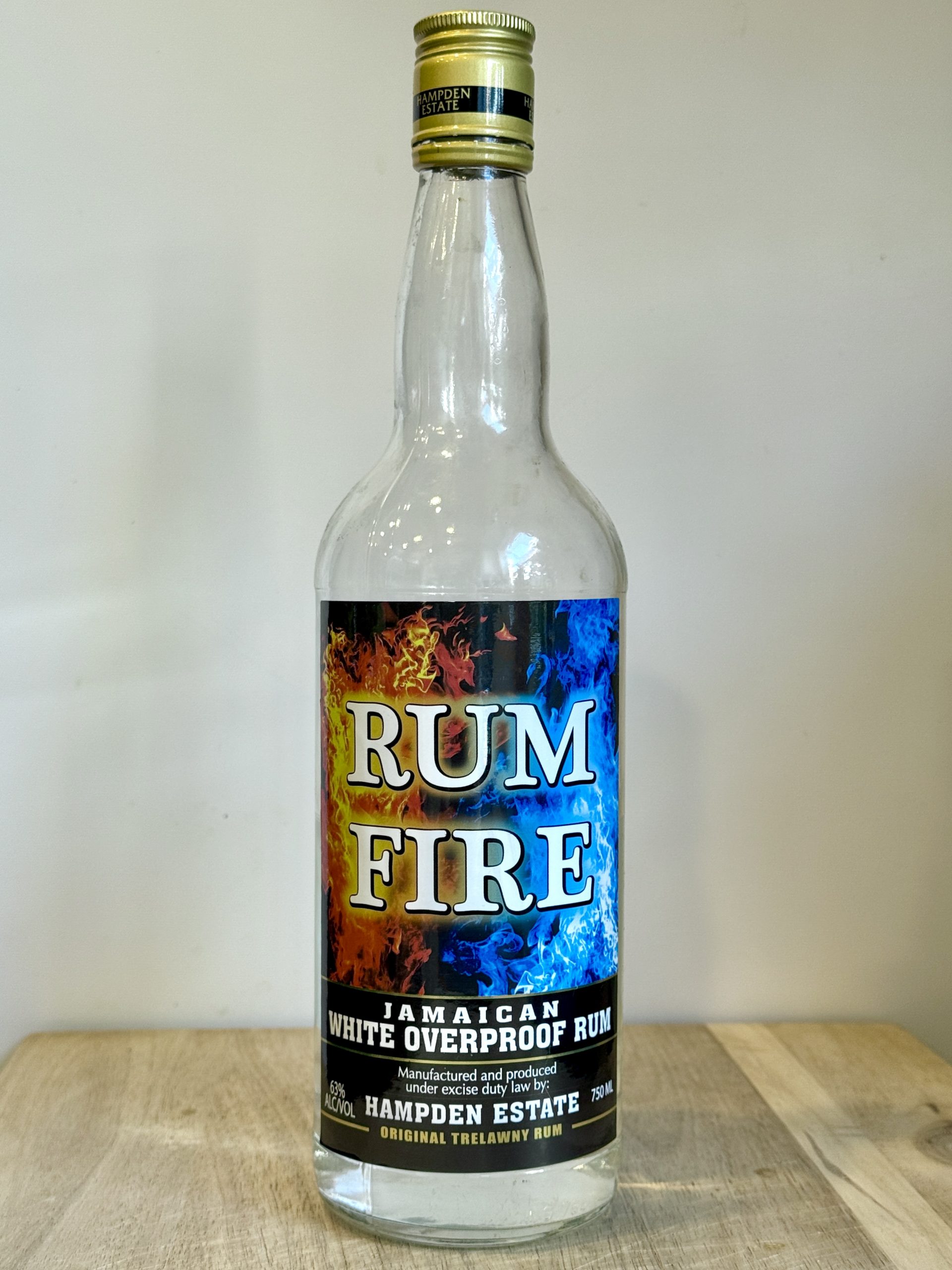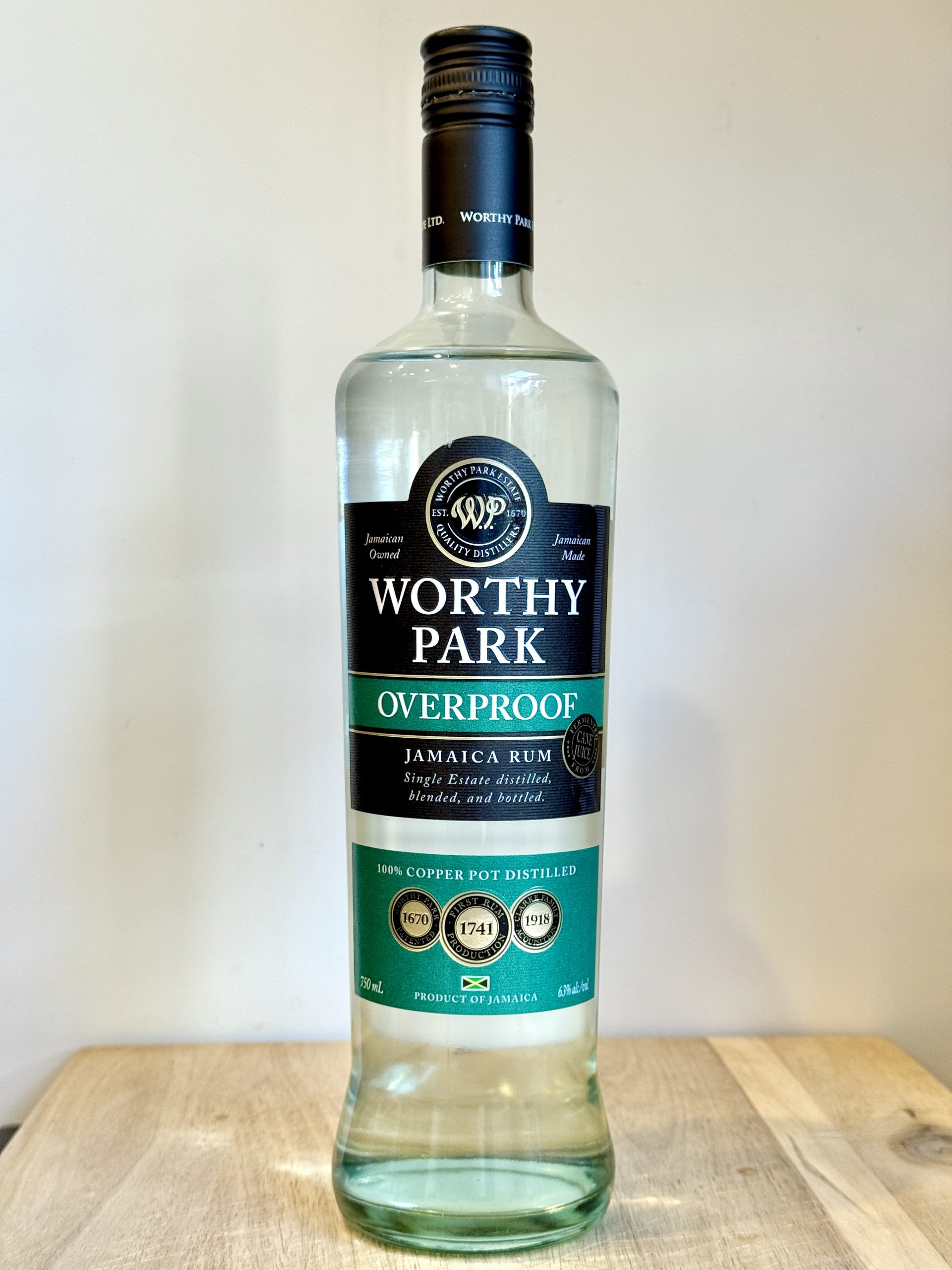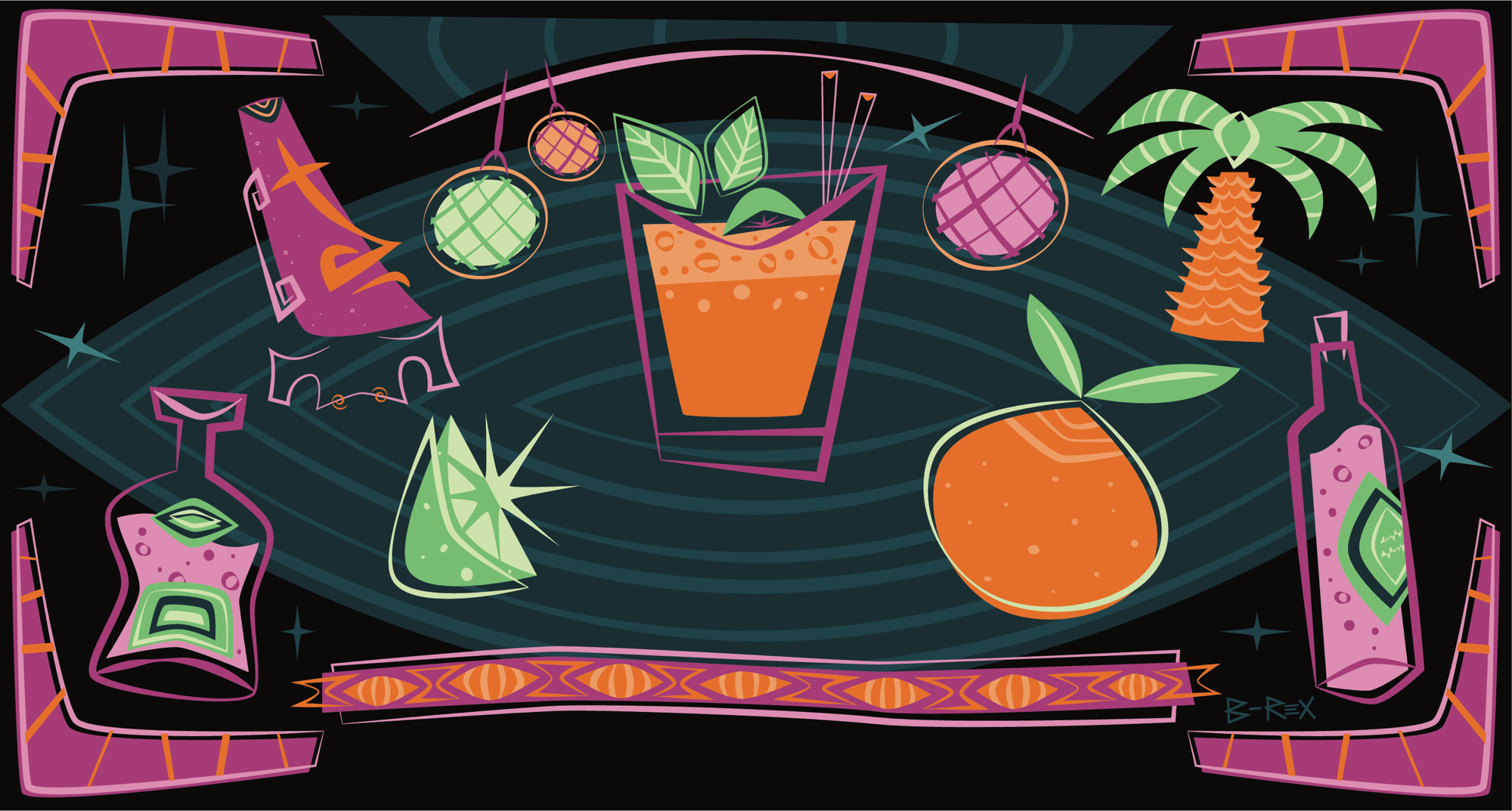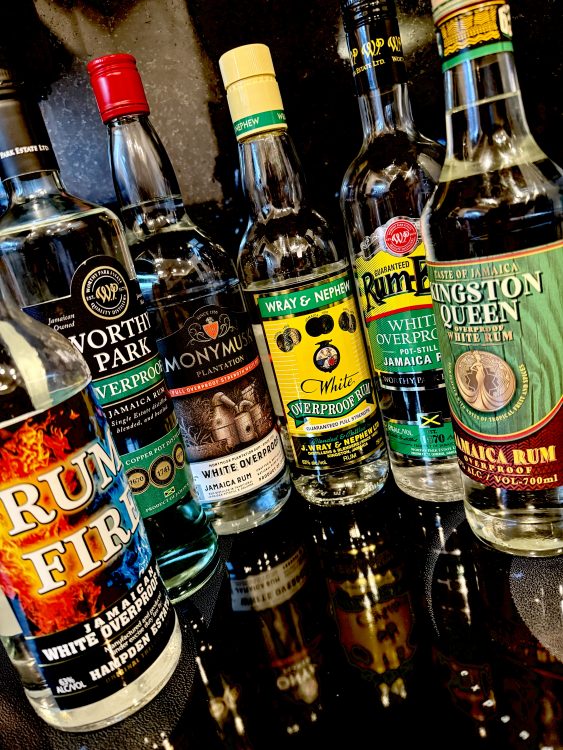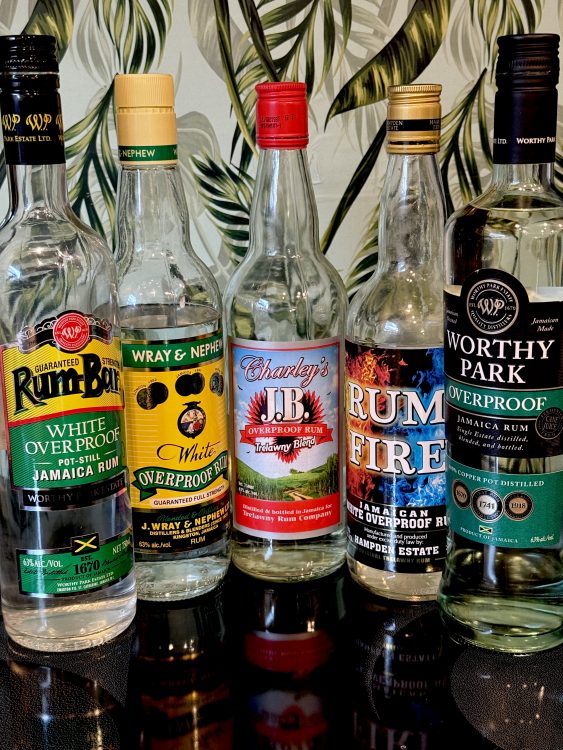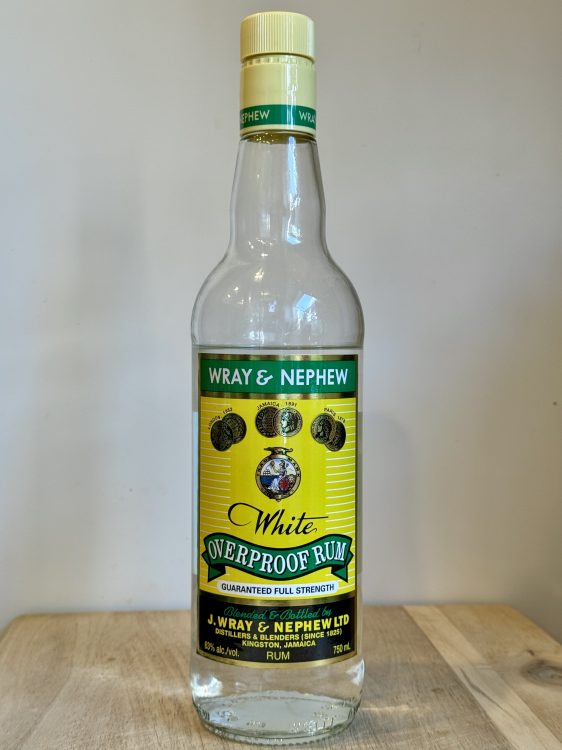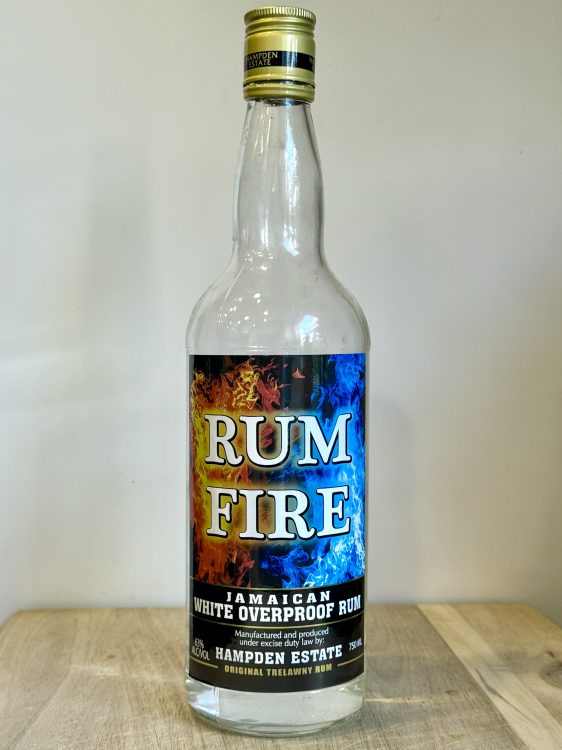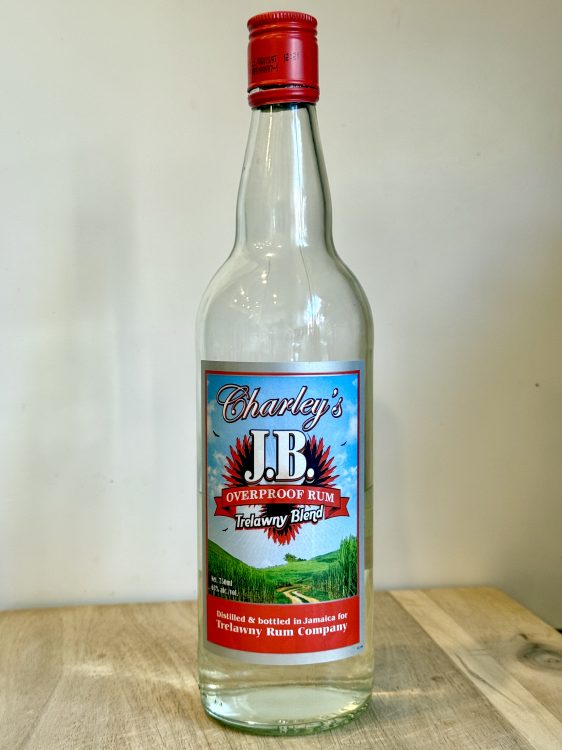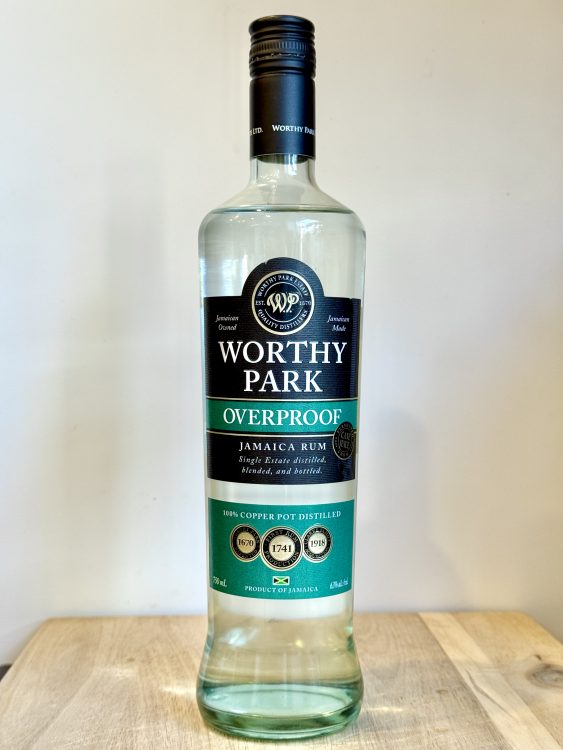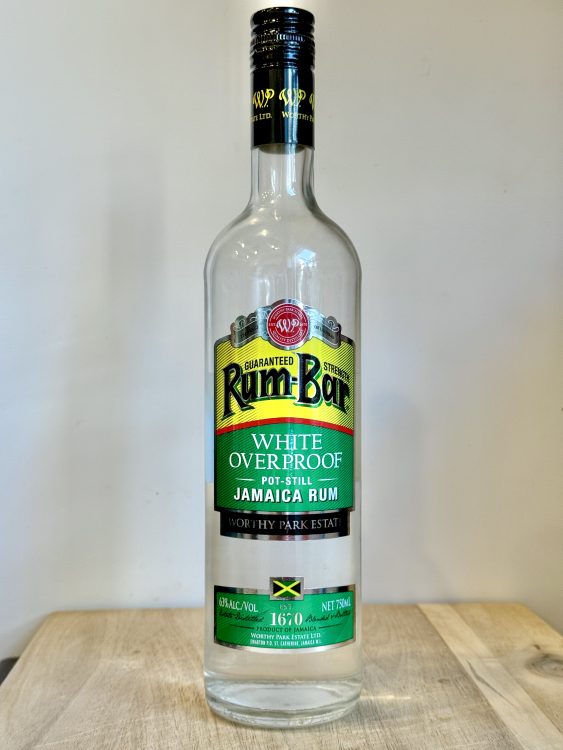We’re revisiting overproof white rum from Jamaica. When we omitted Monymusk in our last test a little birdie made sure we had a bottle. Total Wine recently started carrying a “Spirits Direct” expression from indie bottler Infinity Spirts called Kingston Queen that’s also included.
These unaged rums are issued at 63% ABV, with long fermentation creating bold flavors and a fragrance that’ll fill a room.
Contenders:
- Wray & Nephew Overproof – the iconic market leader
- Rum Fire – Hampden Estate’s funky pot still cult favorite
- Rum Bar Overproof – Worthy Park’s previous U.S. expression that won our first shootout
- Worthy Park Overproof – includes sugar cane juice distillate
- Monymusk Plantation White Overproof – Pot/Column blend from Clarendon distillery
- Kingston Queen – inexpensive Total Wine exclusive
Neat Test
Wray finished last in our previous test but somehow ranked first with a balanced flavor that included floral notes. Kingston Queen has lots of flavor reminiscent of Worthy Park rums. Rum Bar finished slightly on top of the assertive Rum Fire with Monymusk losing points for not having much of a nose. The sugar cane juice distillate in Worthy Park was less well-received this time.
Winner: Wray & Nephew
2nd: Kingston Queen
3rd: Rum Bar
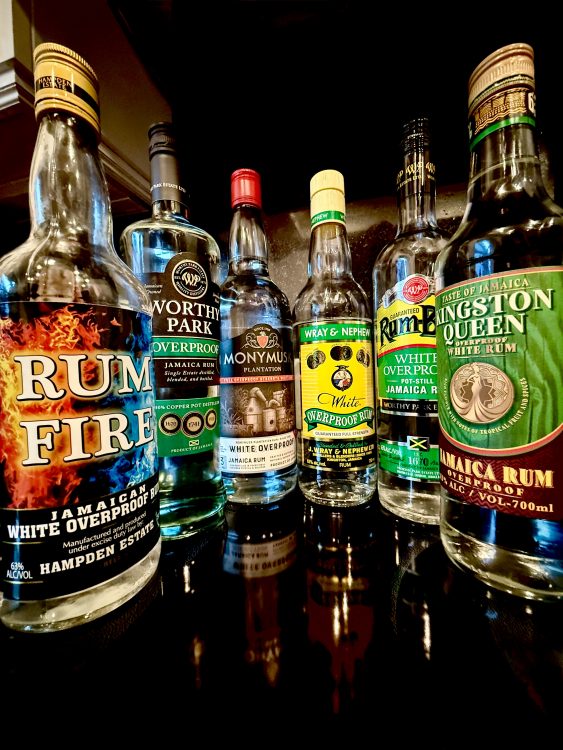
Grapefruit Soda Test
A 3:1 mix with Squirt meant that the differences between these rums were harder to perceive, aside from Rum Fire. Kingston Queen finished last here and Wray finished first due to a balance of flavor and a welcome sharp bite, with Rum Bar a close second. Worthy Park took my tongue for a ride so finished just ahead of Monymusk and Rum Fire.
Winner: Wray & Nephew
2nd: Rum Bar
3rd: Worthy Park
Wray & Nephew Wins Both Blind Tests!
A shocking result given that Wray didn’t place in my first blind test, and shows these are all fairly similar and all recommended. Rum Bar again placed high in both competitions with their pot still distillate that strikes a welcome balance of flavors. For me, Rum Fire feels best for use as an accent in cocktails.
